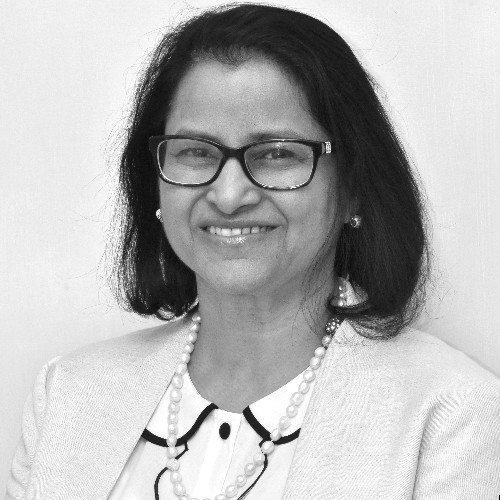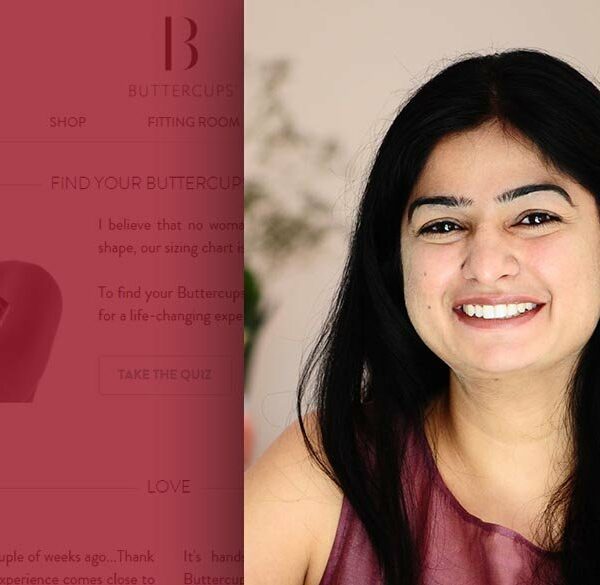Amidst clanking utensils, whistling of the pressure-cooker and the aromas wafting around her frail body, the face of an old woman emerges.
Wrinkles run down from the corner of her eyes all the way to the end of her lips. All the ends are connected in these lines that partly are a closure to desire, partly a sedimentation of years of toil that are registered equally on her rough hands with faded lines. In her eyes are glistening white pearls that look like they want to tell a story.
The story is of eighty whole years of moving about in a kitchen. Eighty years of an accepted imprisonment that always remained holy and deeply reflective of a good moral character. The story of brooms and wipers, kitchen-gardens and utensils, prayer books and abnegation.
This is the story of a majority of old women in India.
The service of a woman does not end with age. The obedience, oppression and subjugation of women, by the time they are old, finds a haven in their mind and body. The enslavement makes them offer themselves to their families even in old age, with scraggy limbs and painful joints. At other times, they trade places- “collude” with patriarchy to become agents of male-domination.

The figure of a wicked mother-in-law, a spiteful woman who runs the family and exerts undue control over the younger women in the family, exists, and there is no denying that. This is, however, not the story of the haggish old woman. Here, we try to flick through the pages of a life of perpetual social slavery- the old woman whose withered body has etched the scripture of servitude, knowingly but without knowledge.
She is old and working. Her labour goes unnoticed and unacknowledged. Even though there are younger family members who can help with the household chores, she can’t distance herself from her work, from the responsibility of her gender- to toil ceaselessly for her family. In most cases, she does not receive a helping hand from the male members who disregard humanity for the gender-superiority invested in them.
These are inspirational women, not in their acceptance of gender norms, but how their labour permits the younger generation of women to go out and become women achievers.
This is the old woman belonging to a family that can’t afford maids for housework. This is a family where roles are set. Men will go out and work for money, women will stay home and work for them. In such families, top inspirational women might be born, female talent might breed, but chances are that it might not be able to see the light of freedom, of moving out of the confinement of the private space of a home and ushering their abilities into the social spheres.
These old women, in such cases, are the supporting pillars that help the budding inspiring women achievers reach the point of success.
What if the old woman in the kitchen disagrees to work because she is old (which she should and can), and the gender rules are unbending in that social set-up, would a woman be allowed to go out and live her dreams if this old famished mother, or mother-in-law, does not fiddle about tirelessly in the kitchen?
I do not want to be confused with someone who is okay with how the old woman gets exploited, overworks and sweats, shivers and nods, in her undying commitment.
If a woman is doubly exploited in a society, the old woman’s exploitation is a hundred times more disgraceful to our society. This is only an attempt to recognise how her labour has always been essential for the nourishment of other women who are now top inspirational women achievers.

Shreya, a mother of two, living in a joint family with her husband, children and in-laws, leaves for work every morning at 7. The family can’t afford domestic help, the husband goes to work too and the father-in-law is old, and anyway not supposed to work, remember? The work shuttles between Shreya and her mother-in-law. Shreya prepares breakfast for the family before she leaves, the old grandmother in the family serves it to everyone while Shreya is away, then gets on with her daily ritual of preparing lunch- her frail hands lifting the heavy casseroles, and only being able to drop them with a thump, her hands slipping over handles and trying hard to find grips. The old woman.
Would Shreya be able to work had this old woman not left the comfort of a soft bed and given herself to those breakfasts and lunches. Shreya comes home late and directly gets into the kitchen- the dinner is her responsibility. Are not these women sharing a bond that prisoners share? And, is not this old woman the light that guides the younger women out of these sexist prisons.
Every Shreya needs an old woman like her mother-in-law to realise herself in a world of oppression. They say that behind every successful man there is a woman. I would say behind most of the successful women- which includes many of the top inspirational business women, a woman with inspiring start-up stories- is the hand of an older, more experienced woman who continues being oppressed for the good of the newer generation of women.
Hopefully, one day we reach a point where these old women do not have to sacrifice themselves for other women, where the younger women have no hurdles to becoming inspirational women achievers.
The older women are not inspirational only in this particular socio-economic class.
There are old women who have surprised the world with their abilities- both mental and physical. These old women have shown to the world that determination and strength are not a monopoly of men, women, and that too old, can be miles ahead of men in every aspect of social life.
Carmen Dell’Orefice is 80 years old and the oldest supermodel in the world. Ernestine Shepherd is the world’s oldest female body builder. She is seventy-five and in a better shape than almost every seventy-five year old man that lives and coughs on the planet Earth. Tamae Watanabe climbed Mount Everest at seventy-three, and people say women are weak! Shame! This list does not end, but I am not as strong as these old inspirational women who are a slap on the face of the gender distinction that relegates women to the position of weaker beings. These women clearly remove the mist that patriarchy has made hover before our eyes.
We need to look at these woman, derive our inspiration and prove good what they stand for.












